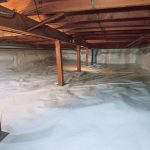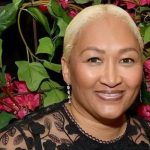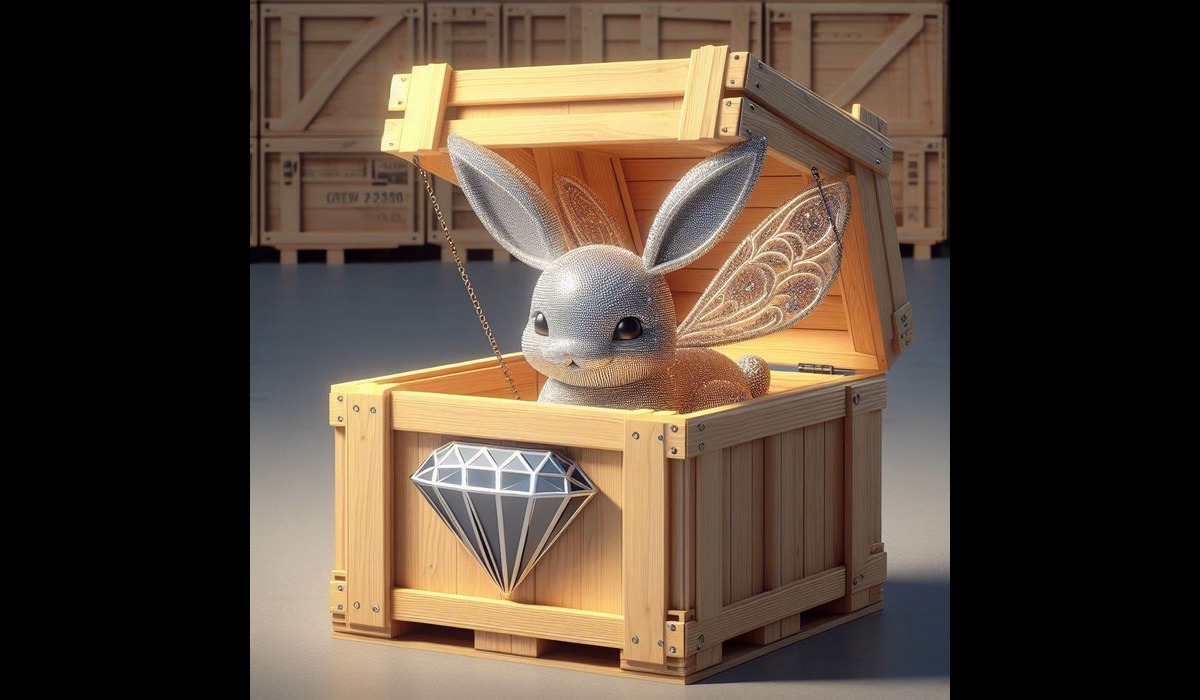Introduction to the back casting room
In the world of high-energy thrills back casting room, where talent tryouts and voice recordings are essential for film, television, theater, and media preparation, having a dedicated backstage casting room is crucial. This specialized space serves as a hub for casting directors, filmmakers, and talent, providing an optimized environment for performance evaluation and high-quality sound recording.
Understanding the Purpose of back casting room
The essential purpose of a back casting room is to create a climate conducive to ideal performance and clear sound recording. It is a place where actors try out for roles, voice actors lend their talents, and identities are evaluated for various projects. This space is not limited to just physical space; it is about creating the conditions for inventiveness and professionalism back casting room.
Components of a back casting room
- The Backstage Casting Table
The centerpiece of any backstage casting room is the casting table, a stable and useful workspace that houses scripts, printed materials, and recording equipment. The table should be wide enough to accommodate all basic materials while still providing enough space for performers to comfortably showcase their talent.
- Lighting and Equipment
Lighting plays an important role in creating the right atmosphere and ensuring visibility during tryouts or recording. To control concentration and avoid unwanted shadows, moving lights are recommended. Basic equipment includes high-quality cameras, amplifiers, and screens to effectively capture and project presentations.
- Comfortable Seating
Ergonomic and movable seating options are essential for performers and clients alike. Comfortable chairs not only contribute to a relaxed atmosphere, but also help you stay focused during casting sessions that sometimes last several hours.
Setting Up a back casting room
- Choose the Right Room
Choose a quiet, private area free from outside noise and distractions. Consider factors such as room size, proximity to amenities, and availability for clients and artists. The right space can set the tone for a successful casting experience.
- Furniture and Sales
Optimize the room layout to maximize space and promote a smooth workflow. Arrange furniture harmoniously and ensure there is enough room for development and interaction between people. The layout should be useful and palatable.
- Technical Setup
Invest in soundproofing materials to minimize outside noise and echoes and ensure perfect sound quality when recording. Acoustic panels or window treatments can be used to improve the sound quality in the room. Also, place amplifiers specifically to achieve the best sound quality and minimize background noise.
Backcasting Room
Backcasting Room
Importance of Sound Quality
Acoustic Treatment
Proper acoustic treatment is crucial to clear, crisp sound recordings. Adding sound-dampening materials such as acoustic panels, bass traps, and diffusers helps minimize echoes and resonances and creates a controlled sound environment perfect for vocal recordings and tests.
Microphones and Recording Devices
Choosing the right amplifiers and recording equipment is critical to recording high-quality sound. For voice-over work or test recordings, choose the right mouthpieces and position them specifically to accurately capture the artist’s voice without picking up unwanted ambient noiseback casting room.
Create a Professional Atmosphere
Decor and Ambience
Enhance the aesthetics of the room with stylish decor and comfortable adornments. Consider incorporating elements that reflect the creative nature of the entertainment industry, such as advertisements for famous products or imaginative details that delight the performers back casting room.
Keep It Clean
To make a professional impression, having a clean and tidy casting room is essential. Frequently sanitize hardware and furniture to ensure a clean environment for clients and artists, reflecting your commitment to brilliance and attention to detail.
Preparing for Casting Sessions
Scheduling and Coordination
Efficiently oversee the planning of client and artist accommodations. Use calendars or booking systems to streamline and avoid overbooking
Preparing for back casting roomSessions
Planning and Coordination
Manage scheduling efficiently to accommodate clients and actors. Use calendar tools or booking systems to streamline the process and avoid scheduling conflicts, ensuring a smooth and well-organized casting experience for everyone involved.
Client Comfort and Hospitality
Offer amenities such as refreshments and comfortable waiting areas to help clients feel welcome and valued during their casting sessions. A pleasant atmosphere contributes to a positive overall experience and encourages repeat business.
Tips for Successful back casting room
- Communication with Clients
Establish clear communication channels to communicate requests and provide effective feedback. Keep clients informed throughout the casting process and quickly address any concerns or questions to ensure a smooth and successful audition or recording experience.
- Managing Expectations
Transparency is the key to success in fulfilling client wishes. Be upfront about casting handling, deadlines, and expansion requirements, and make sure clients know exactly what to expect and when.
Common Challenges and Solutions
Technical Issues
Identify technical issues early and resolve them quickly to minimize disruptions during casting sessions. Have backup hardware and technical support available as needed to ensure smooth operation throughout the rehearsal or recording process.
Client Criticism and Adjustments
Respond to client criticism and make necessary changes to improve the casting experience. Maintain open communication channels to promptly resolve issues and ensure client satisfaction.
Ensure Security and Confidentiality
Comply with strict data protection conventions to ensure that sensitive data is shared during rehearsal or recording sessions. Pay attention to the security of performers and clients and protect your personal and professional interface at all times.
Marketing Your Back Casting Services
Creating a Portfolio
Create a comprehensive portfolio with past projects, successful castings, and recommendations from satisfied clients. Use this portfolio to showcase your skills and attract potential clients looking for casting services.
Using Social Media
Leverage the power of social media platforms to promote your back casting services and connect with industry experts. Share behind-the-scenes photos, fitting highlights, and client testimonials to build credibility and visibility within the entertainment community.
Networking with Agencies
Build relationships with talent agencies, production companies, and industry experts to expand your client base and gain referrals. Attend industry events and workshops and host sessions to build relationships and create collaboration opportunities.
Cost Considerations and Cost Models
Determine your cost model based on the services offered, equipment used, and industry standards. Consider promoting package deals or discounts for repeat clients to foster long-term relationships and encourage client loyalty.
Future Trends in Backcasting
Stay up to date on technical developments in sound recording and casting processes. Take advantage of trends like virtual auditions, advanced casting sessions, and AI-powered casting tools to adapt to changing industry trends and stay ahead of the competition.
Conclusion
Setting up and maintaining a professional back casting room requires careful planning, scheduling, and attention to detail. By creating an environment conducive to auditions and recordings, you can improve the quality of your services and attract more clients in the competitive entertainment industry.
FAQs
How much space is needed for a backcasting room?
The ideal space depends on the layout of the room, but generally requires enough room for a casting table, seating area, and technical equipment.
What type of lighting is best for a backcasting room?
Dimmable and controllable lighting is recommended, which can be controlled in levels and color temperature to create the desired atmosphere and eliminate shadows.
How can I improve the sound quality in my backcasting room?
Invest in acoustic measures such as:










